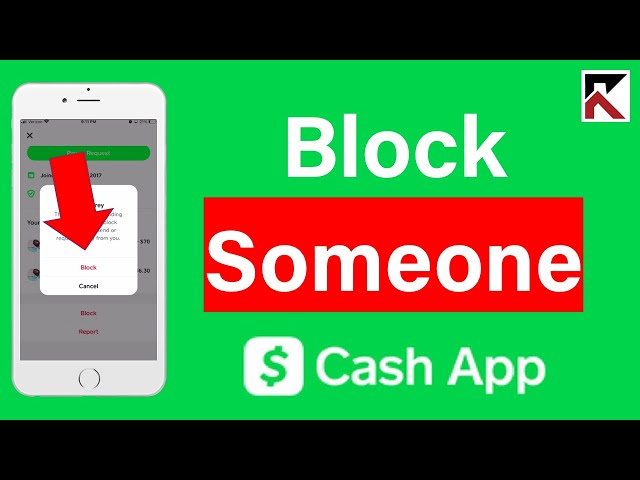In the age of digital transactions and mobile payment apps, Cash App has emerged as a popular choice for users to send and receive money seamlessly. However, like any other social or financial platform, sometimes interpersonal issues arise, leading users to wonder if they’ve been blocked by someone on Cash App. Understanding the signs and indicators of being blocked can provide clarity and help users navigate their digital relationships. In this article, we’ll explore the various ways to determine if someone has blocked you on Cash App and what steps you can take to address the situation.
-
Unresponsive Communication:
One of the most apparent signs that you might have been blocked on Cash App is the sudden lack of communication. If a person has blocked you, any attempts to send them a message or money will likely go unanswered. While this may not be foolproof evidence, persistent unresponsiveness, especially after multiple attempts, could be a red flag.
-
Transaction History:
Reviewing your transaction history can provide valuable insights. If you notice that previous transactions with a particular contact are missing or appear incomplete, it could indicate that the person has either deleted their account or blocked you. In Cash App, blocked contacts may not appear in your transaction history, creating a noticeable gap.
-
Profile Check:
Examining the profile of the person in question can also offer clues. If you are unable to view their profile picture, recent transactions, or other details that were previously visible, it’s a strong indication that you might have been blocked. Keep in mind that users can also set their profiles to private, so this method is not foolproof.
-
Search Functionality:
Another method to determine if someone has blocked you on Cash App is to use the search functionality. Attempt to search for the person’s username or email address within the app. If their profile doesn’t appear in the search results, it suggests they may have blocked you.
-
Error Messages:
When attempting to send money or messages to someone who has blocked you, you may receive error messages. Common error messages include “Failed” or “Payment not sent.” These messages can be indicative of a block, especially if you are unable to complete transactions that were previously successful.
-
Social Media Presence:
While Cash App itself may not offer direct notifications or indicators for being blocked, users often share their experiences on social media platforms. Searching for discussions or forums related to Cash App can provide insights into common experiences and solutions. Engaging with the Cash App community may help you understand if others have faced similar situations.
-
Contact Them Outside of Cash App:
If you suspect you’ve been blocked, try reaching out to the person through other communication channels, such as messaging apps or social media. If they respond through other platforms but remain unresponsive on Cash App, it strengthens the possibility that you’ve been blocked.
Conclusion:
Navigating the nuances of digital communication can sometimes be challenging, especially when it comes to financial transactions on platforms like Cash App. Recognizing the signs of being blocked and understanding the limitations of these indicators can help users manage their interactions effectively. In any case, clear communication and open dialogue remain essential in resolving conflicts and ensuring smooth transactions in the digital landscape.



